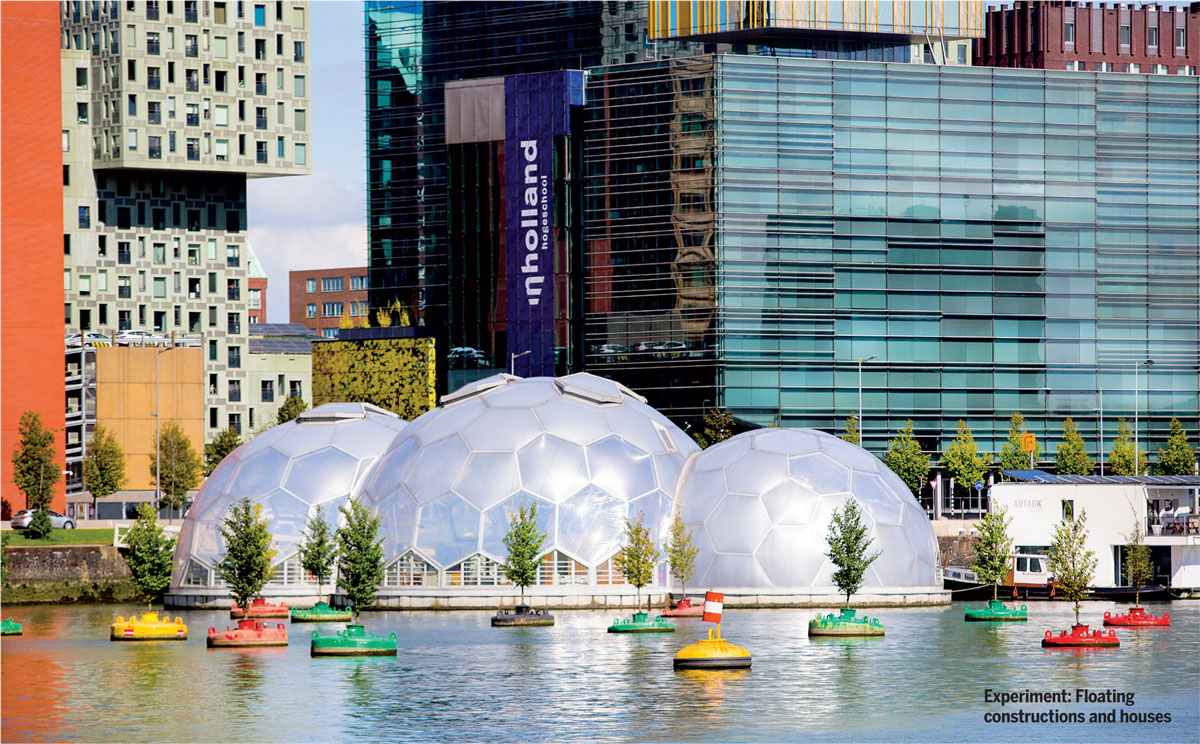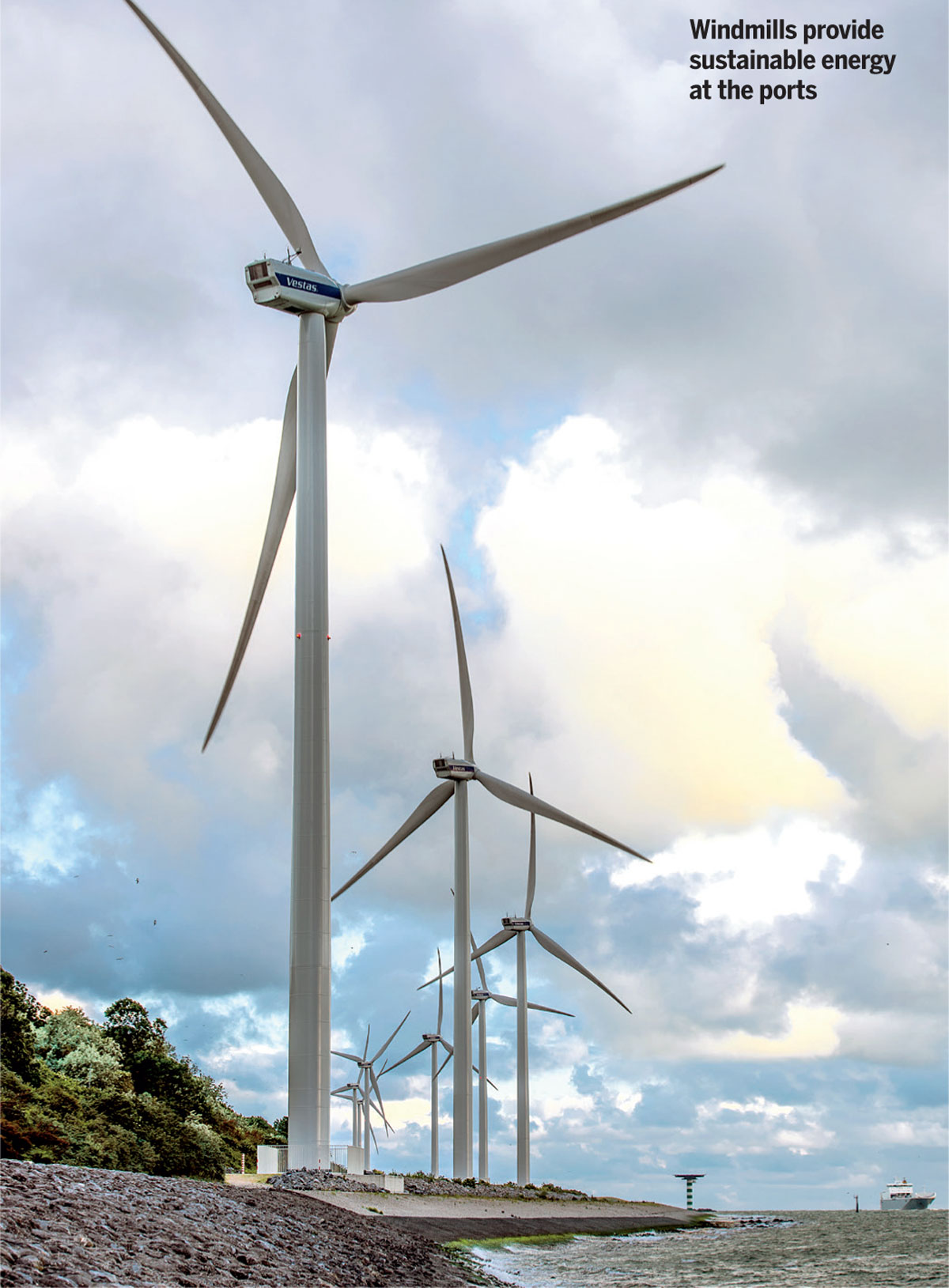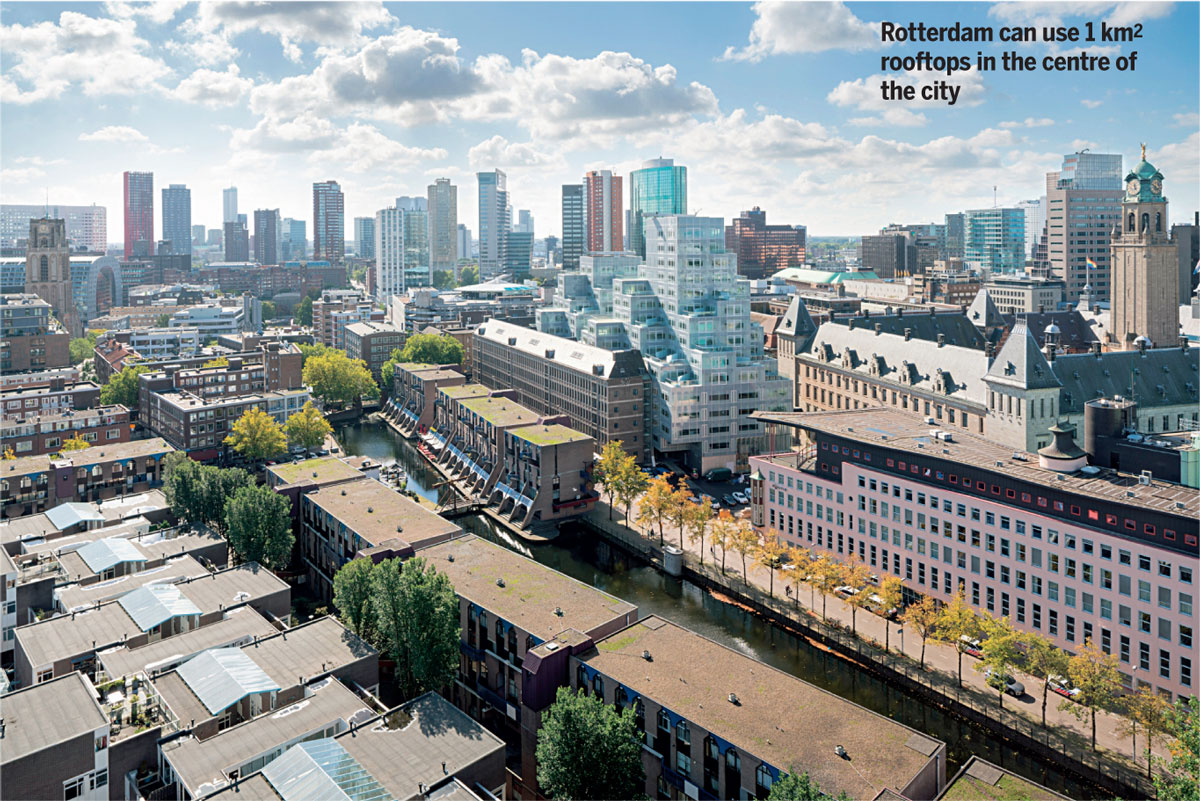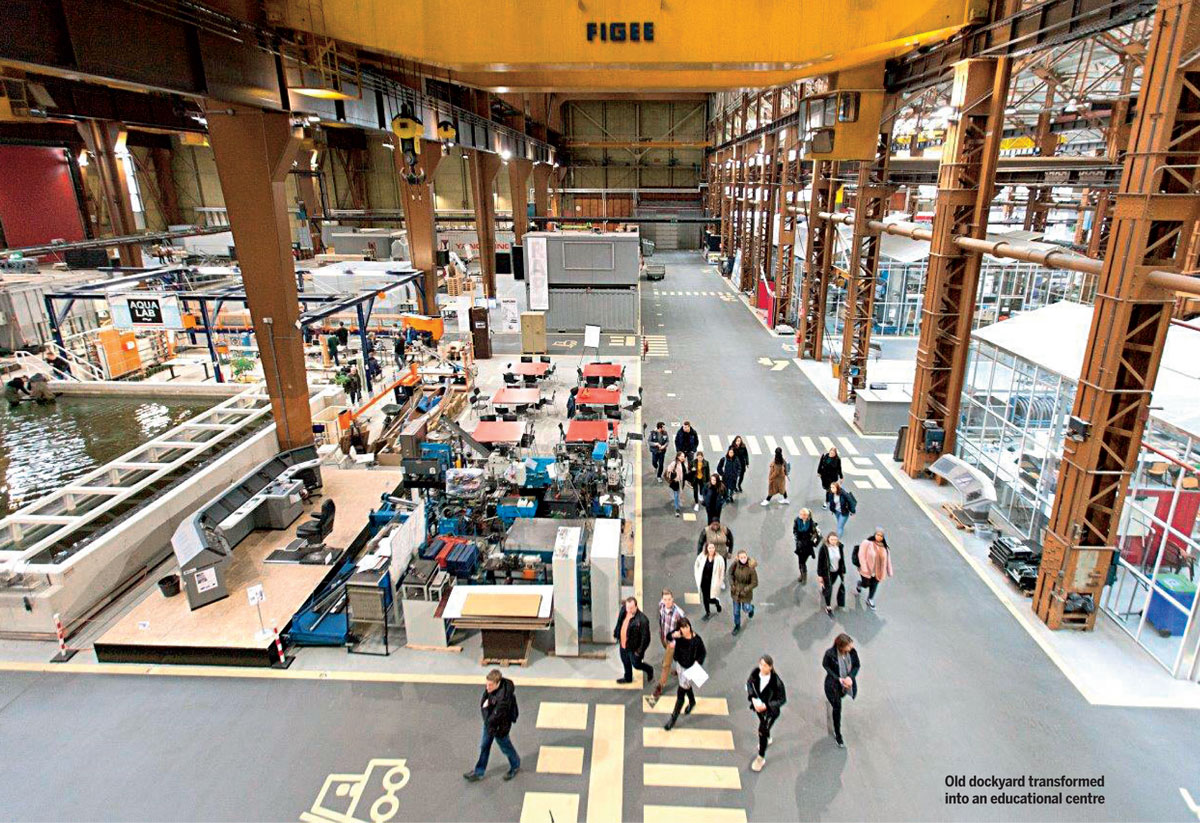If any major Dutch city needed re-engineering after the Second World War, it surely was Rotterdam. With the centre of the city almost totally destroyed, Rotterdam used the opportunity to create a new vibrant city. What were the challenges Rotterdam embarked upon?
In 2017, Rotterdam commemorated the 77th anniversary of the blitz, which hit the city on 14 May 1940. Just four days after the bombs fell, work began on reconstruction plans. The city had the courage to radically break with the past and made a choice for spacious urban planning including a new street map, prioritising economic recovery. As a consequence, a relatively small number of citizens lived in the city centre; for decades it was quite empty there after business hours. Over the last 20 to 30 years, the city centre has been once again given back to residents by building more housing and upgrading the public space and cultural facilities.
Nowadays, climate change, global population growth and ongoing urbanisation create political, social, economic and ecological challenges. These challenges manifest themselves mainly in our cities, so that’s where solutions must be found. Rotterdam is also a trendsetter in this field, creating sustainable solutions in cooperation with the port authority, businesses and residents.

As an industrial city and a very important logistics hub (with the phenomenally successful Rotterdam Port), what are the issues the city is trying to address for its future success in these sectors that have determined the identity of Rotterdam and its people?
We have to focus on one of the greatest challenges of our century: to ensure balanced progress in terms of economic growth, quality of life, safety and sustainability.
Our first ambition is a green, healthy and future-proof city. We’re making streets of Rotterdam more pedestrian and bike-friendly and we are working on better traffic circulation to minimise pollution. We encourage people to install green roofs; we’re working on new city parks. We’re also constructing water squares and storing excess rainwater underground.
Our second ambition is cleaner energy at lower cost. By 2030, Rotterdam – excluding the port area – will be generating more sustainable energy than it is using. By 2025 we want to generate enough wind energy for two-thirds of all households. And of course, there’s solar energy. By 2030, we want 40% of our energy needs to be met by solar energy.
Thirdly, we want a strong and innovative economy. Over the past years, the market for clean and innovative technology has been growing by 10%. In the Rotterdam region alone, we’re talking about over 2,300 companies and over 28,000 jobs. To realise our ambitions, good education is essential for developing talent, ambition and social skills.


New technology, disruptive events, the advent of more and advanced technologies and artificial intelligence require further re-engineering of the city, so that it continues to remain successful well into the 22nd century and beyond...
It’s all about collaboration and education. The city and port of Rotterdam together form an innovation ecosystem in which innovative companies can blossom. Market parties, knowledge institutes and public and semi-public organisations, test and prototype facilities, start-up accelerators, network organisations and investment funds support innovators in Rotterdam.


At this moment, the European Union is laying the groundwork for the Third Industrial Revolution. This Revolution involves much more than providing universal broadband, free Wi-Fi and Big Data. The digital economy brings unprecedented new economic opportunities, puts millions of people back at work and creates a more sustainable low-carbon society. What is crucial is how to involve citizens and how to let all groups benefit and contribute. Investing in 21st century skills (education) is important.
Since it is the citizens of a city that make it what it is and give it its future, how do you see the role of the city government in their continuing involvement in the growth and governance of the city?
The local government should facilitate and embrace initiatives. Worldwide, the differences are growing: between rich and poor within the cities, between city and country and between urban regions. In the future, cities will have a greater responsibility to work on the necessary social elevation of their people. And they can do it. With targeted policies, cities are able to become the delivery room of new generations: Young people who are motivated to carry the city on their shoulders.
What led to Rotterdam’s inclusion in the global movement of 100 Resilient Cities?
We were able to develop an overall resilience strategy, identifying the crucial transitions and resilience goals. That helped us instill resilience thinking in the city. We still have a long road ahead of us, for which the inputs and support of the people of Rotterdam are indispensable. Together with citizens, businesses, research and educational institutes and local government institutions, we can create a movement that will firmly embed the resilience perspective in our minds and actions.


Comments (0)